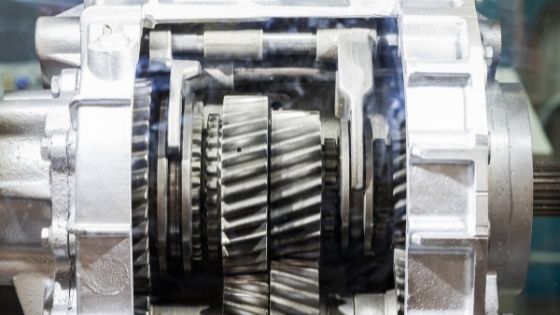When it comes to modern vehicles, lots of people focus on the technology side of things. It’s great that drivers have a screen that takes them to the doorstep of wherever they want to go. They can also hook up their phones, listen to music and podcasts, and check the weather at their destination location. Most people think that the engineering side of vehicles is the same as it always has been, but this isn’t the case.
One example of the progress of modern engineering is four-wheel drive. As a transmission system, it has continually improved through the decades and continues to go through periods of evolution even today. Four-wheel drive transmission systems and gearboxes steadily get more effective and more reliable, and quality worm gearboxes from Amiga Engineering are a great place to start looking when you are ready. But how does it all work?
Components of a Four-Wheel Drive Gearbox
Firstly, it’s important to clear up a common misconception. When people see the phrase ‘transmission’, they think it refers to the engine or the power unit of a car. Instead, it describes the gearbox. The reason it’s called ‘transmission’ is that the system transmits power from the engine to the car’s axle. In other words, it answers the question of how power gets from the engine to the tyres and allows a car to move forward.
Without transmission, without a gearbox, no car could ever move. The engine might start and roar into life, but this power would remain in the engine rather than transmitting to the axle and the wheels. The components required today to learn about four-wheel-drive gearboxes are the two differentials and the transfer case.
In a four-wheel-drive vehicle, you’ll find a front and a rear differential; these are located between the two wheels in the front and rear. In short, the differential is responsible for transmitting torque from the driveshaft to the wheels. If you’re unsure of what torque means, it’s a term in physics used to describe force.
These differentials are also important because, although not many people think about it carefully, they allow tyres to turn at different speeds. When turning in a tight circle, the tyres on the inside have a very different path to the tyres on the outside. Thanks to the differentials, the tyres on either side spin at different speeds. While, in a straight line, they spin at equal speeds.
The Transfer Case
In four-wheel-drive gearboxes, the transfer case is another of the critical components. The differentials handle the differences in speed, and the transfer case ensures that power is split between the rear and front axles. Going right back to basics, a four-wheel-drive vehicle has power going to each of the four wheels. In some motorsports even today, some vehicles are rear-wheel drive or front-wheel drive. This means that all power goes to the front or back. It might sound obvious, but four-wheel-drive vehicles allow power to go to all four wheels.
Four-Wheel Drive Gearboxes
To summarise, the two differentials, transfer case, driveshaft, and axles all work together to transmit power from the engine to the wheels. Power goes to all four wheels and the system also allows wheels to spin at different speeds when turning corners. Off-road vehicles may have multiple sets of low-range gears to help with grip and the tricky terrain. For those looking to further enhance their off-road experience with additional robustness, a Tacoma front bumper at RCI Offroad offers the perfect blend of durability and design to complement the advanced engineering of modern four-wheel-drive systems.
The lower the gear, the more power sent to the four wheels so that the vehicle can pull away. As the vehicle climbs through the gears, the focus is on maintaining speed rather than building it.

